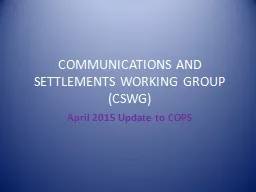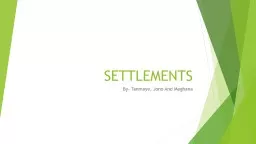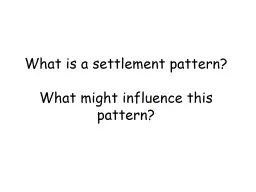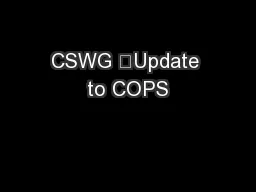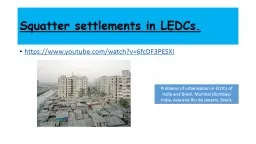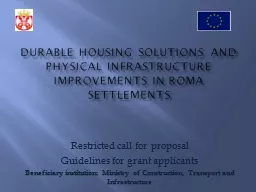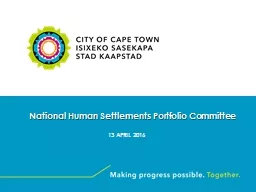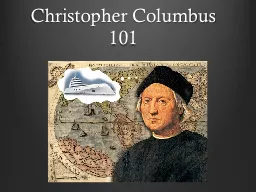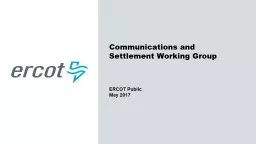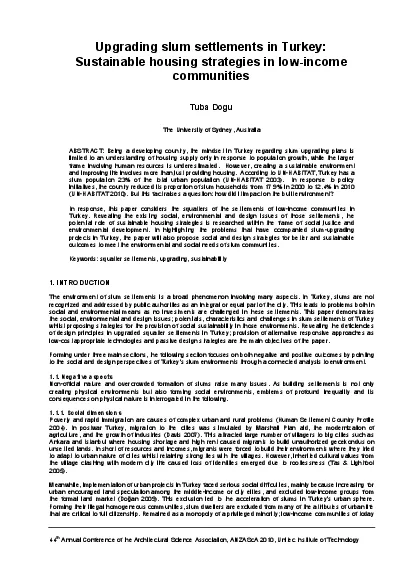PPT-COMMUNICATIONS AND SETTLEMENTS WORKING GROUP (CSWG)
Author : cheryl-pisano | Published Date : 2016-12-18
April 2015 Update to COPS Registered DG Threshold Background Unregistered Distributed Generation DG are electrical generating facilities located at a Customers point
Presentation Embed Code
Download Presentation
Download Presentation The PPT/PDF document "COMMUNICATIONS AND SETTLEMENTS WORKING G..." is the property of its rightful owner. Permission is granted to download and print the materials on this website for personal, non-commercial use only, and to display it on your personal computer provided you do not modify the materials and that you retain all copyright notices contained in the materials. By downloading content from our website, you accept the terms of this agreement.
COMMUNICATIONS AND SETTLEMENTS WORKING GROUP (CSWG): Transcript
Download Rules Of Document
"COMMUNICATIONS AND SETTLEMENTS WORKING GROUP (CSWG)"The content belongs to its owner. You may download and print it for personal use, without modification, and keep all copyright notices. By downloading, you agree to these terms.
Related Documents

